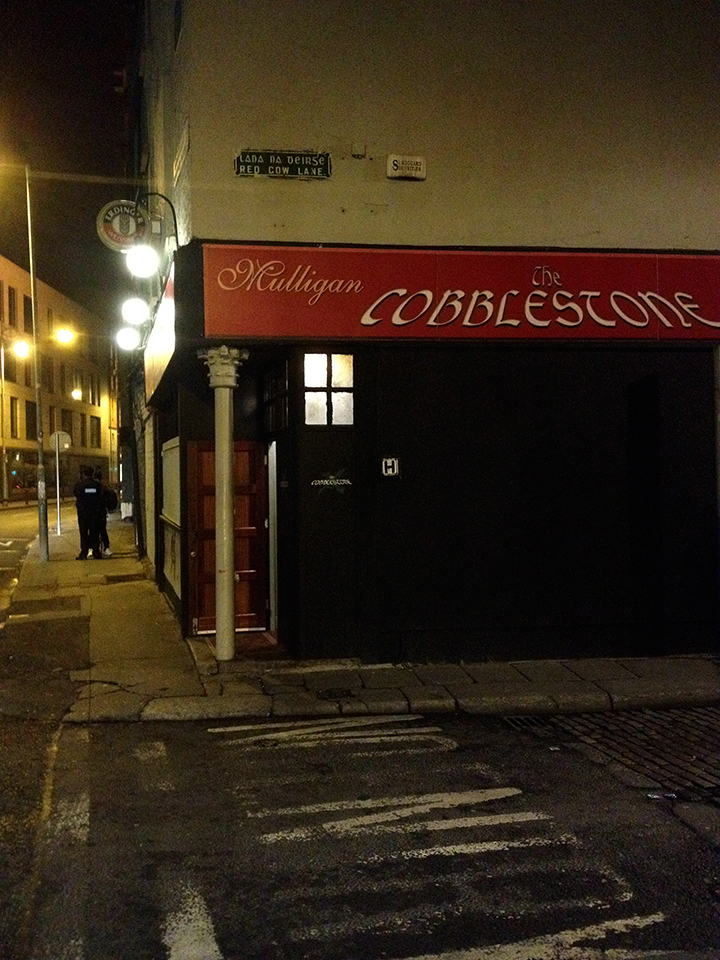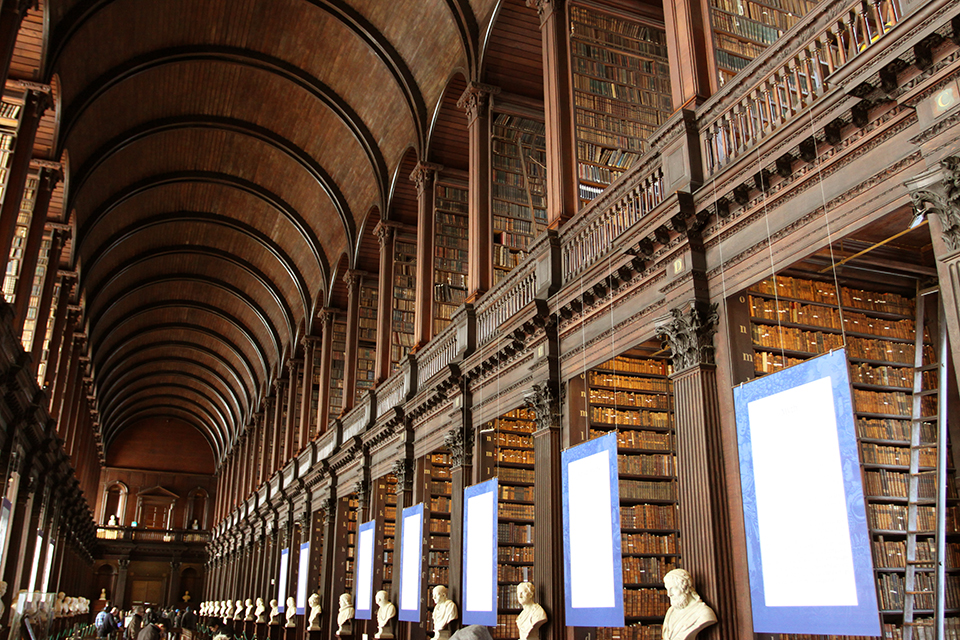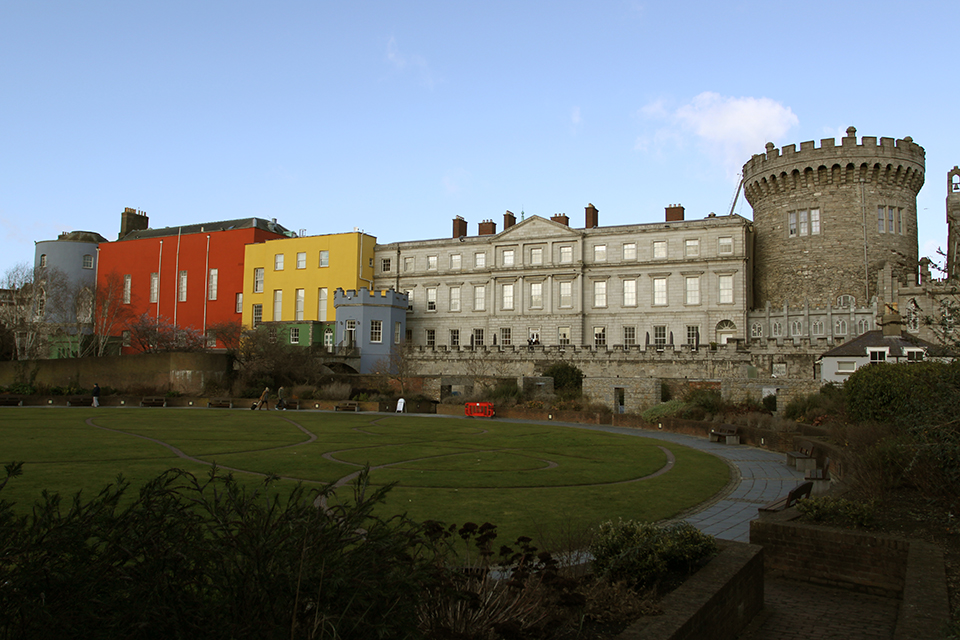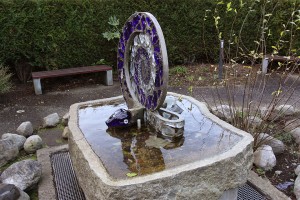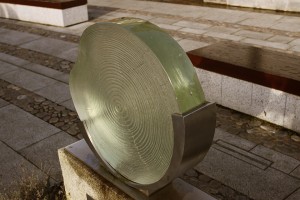The early 1960’s saw a revival in folk music not only in the United States but in Europe and in particular Ireland as well. In high school and college I witnessed this revival and embraced it wholeheartedly spending my entire summer earnings on a guitar as I entered my first year in college. Couldn’t play very well, but at gatherings, no one seemed to care and there were always more experienced musicians who were more than willing to “coach” us in our attempt to master both our instruments and singing as well. I never developed much beyond simple chords, strumming and a little picking. That first guitar was a tenor guitar which only has 4 strings. Perfect for me ’cause it was simpler than the more complicated 6 string. Then I discovered that the five string banjo essentially also required dealing with 4 strings. Oh diversification thought I. Of course I couldn’t play very well, but there was hope. For the next 50 years I remained transfixed with folk music.
In high school and college I witnessed this revival and embraced it wholeheartedly spending my entire summer earnings on a guitar as I entered my first year in college. Couldn’t play very well, but at gatherings, no one seemed to care and there were always more experienced musicians who were more than willing to “coach” us in our attempt to master both our instruments and singing as well. I never developed much beyond simple chords, strumming and a little picking. That first guitar was a tenor guitar which only has 4 strings. Perfect for me ’cause it was simpler than the more complicated 6 string. Then I discovered that the five string banjo essentially also required dealing with 4 strings. Oh diversification thought I. Of course I couldn’t play very well, but there was hope. For the next 50 years I remained transfixed with folk music.
As career demands waned, a close friend and accomplished musician pushed me to get serious about music and pushed me to expand my horizons. So I opted for a 12 string guitar. Sounds ominous going from 4 strings to 12 strings, but the 12 string guitar is nothing more than a six string guitar with double strings for each string on the six string guitar. The 12 string guitar is an awesome guitar. It is so full bodied. I painstaking developed finger calluses and proceeded to broaden my capabilities. I also learned that with a properly tuned instrument I could play along with recordings of my favorite recorded folk music. Familiarity with the guitar also helped with playing the banjo . . . and before I knew it, I was playing with the best folk music artists ever! But it still was playing in a vacuum. I longed for the days in college when musicians would get together and jam. I’d heard that in Ireland, musicians gather in pubs to jam or so called Sessions. I’d also heard, that Dublin had 1,000 pubs, so I decided to go to Ireland and check it out – to witness the sessions in pubs, and see it there were really 1,000 pubs.
In addition to the photos below, I took a fair number of videos of performers at the pub. Quality was not so good, but with sound one gets a fair taste of the music scene. Click to the right and enjoy the video.
 Now there a lot of accommodations in Dublin, some very reasonably prices, but sleeping in a hammock in an open room was not quite acceptable regardless of the price.
Now there a lot of accommodations in Dublin, some very reasonably prices, but sleeping in a hammock in an open room was not quite acceptable regardless of the price.
I found a reasonable 3 star hotel with restaurant and bar a 15 minute walk from the center of the city. Even better, they provided live music Thursday, Friday and Saturday nights! Perfect – discover the city during the day, head back to the hotel for a nap, early dinner then out on the town in search of pubs featuring music. When entering Dublin, the immigration official asked the reason for my visit to Ireland. I told him that I was going to Dublin to listen to music and see if there were really 1,000 pubs in the city. Oh says he “even more and I’ve visited them all”.
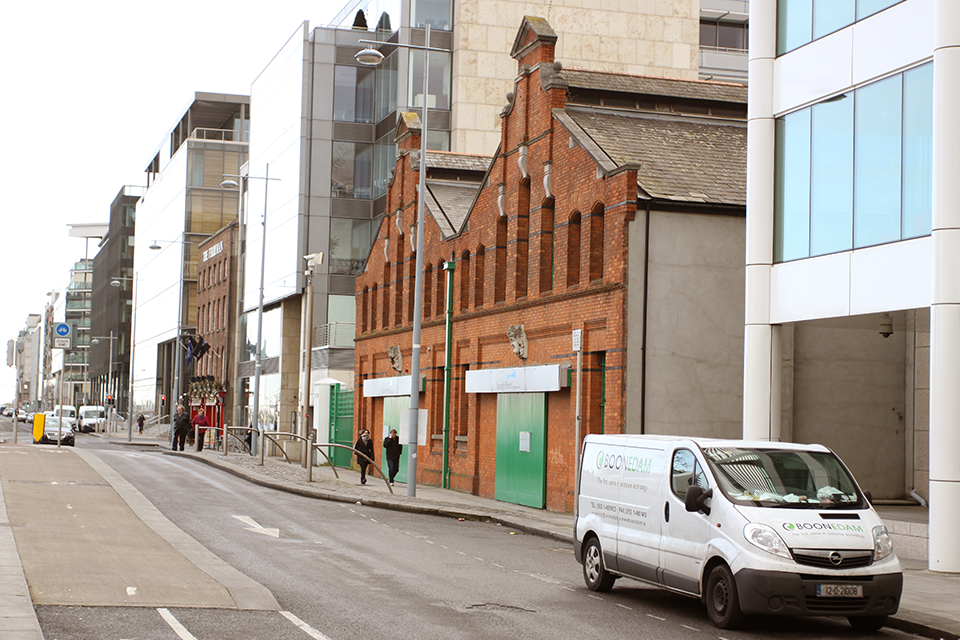
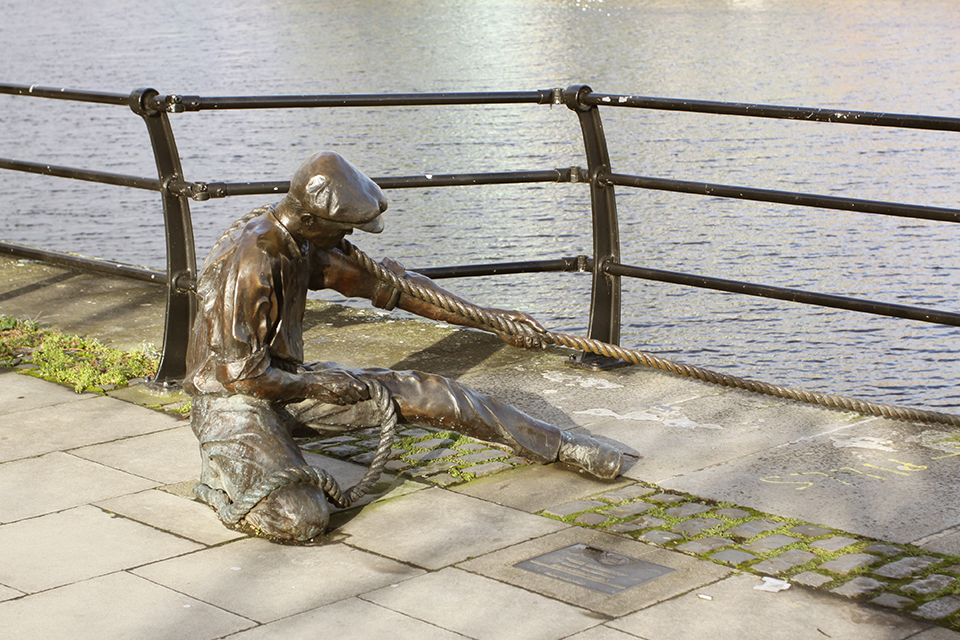
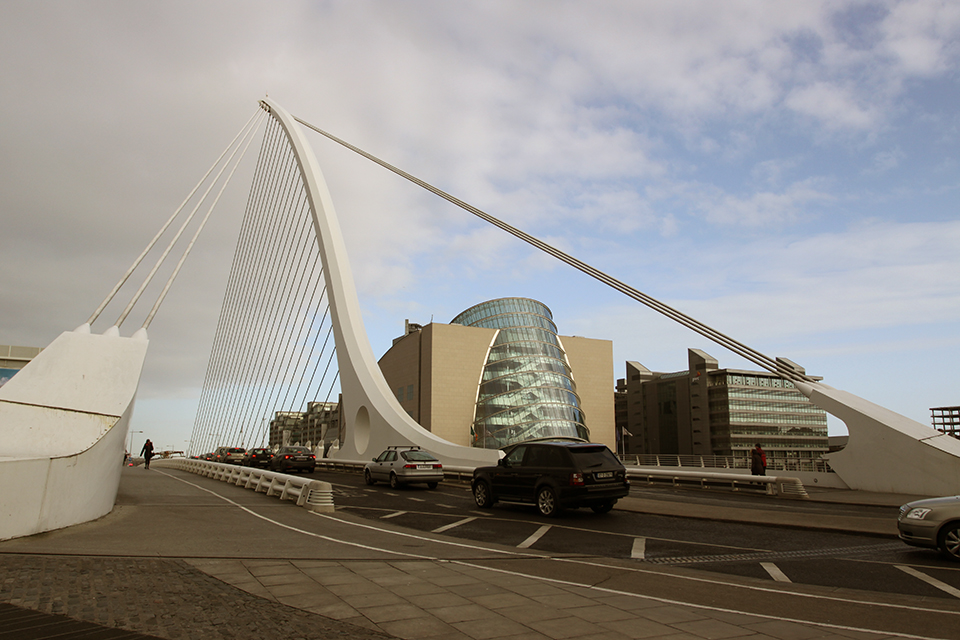
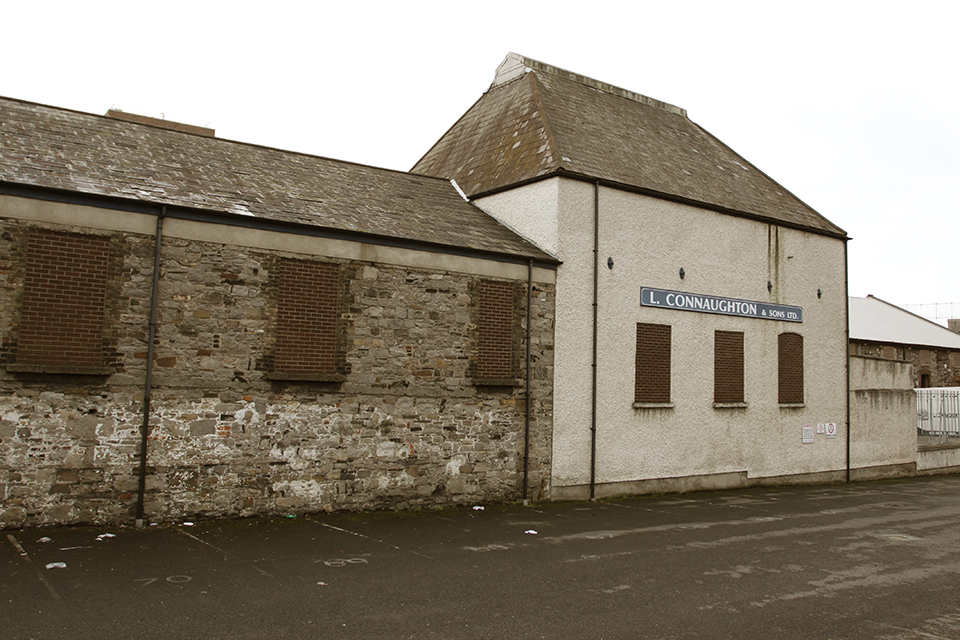 Dublin is an interesting town – a combination of old and new with pubs dating back to 1179 and modern buildings and infrastructure supported by EC investment. As short walk from the hotel down the river with modern buildings lining the waterfront with art work interspersed along the riverfront walkway. Interspersed between modern structures were older historic buildings some preserved for their historic significance and others for no apparent reason.
Dublin is an interesting town – a combination of old and new with pubs dating back to 1179 and modern buildings and infrastructure supported by EC investment. As short walk from the hotel down the river with modern buildings lining the waterfront with art work interspersed along the riverfront walkway. Interspersed between modern structures were older historic buildings some preserved for their historic significance and others for no apparent reason. 
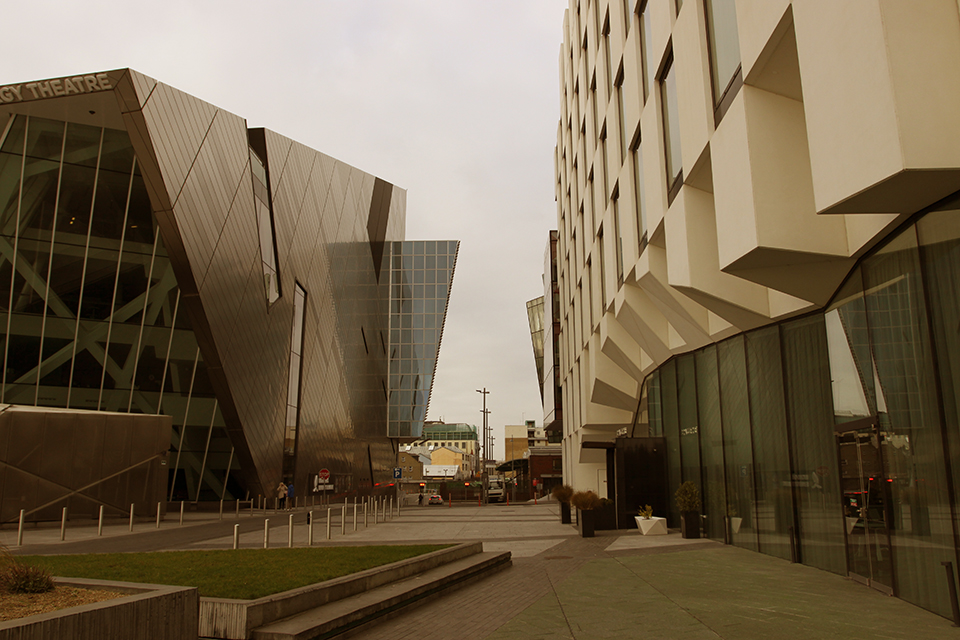
Regardless the reason, it was fascinating to see.
My initial stroll through the city lead me down the river the back up through the locks and along the canal which runs through the entire city.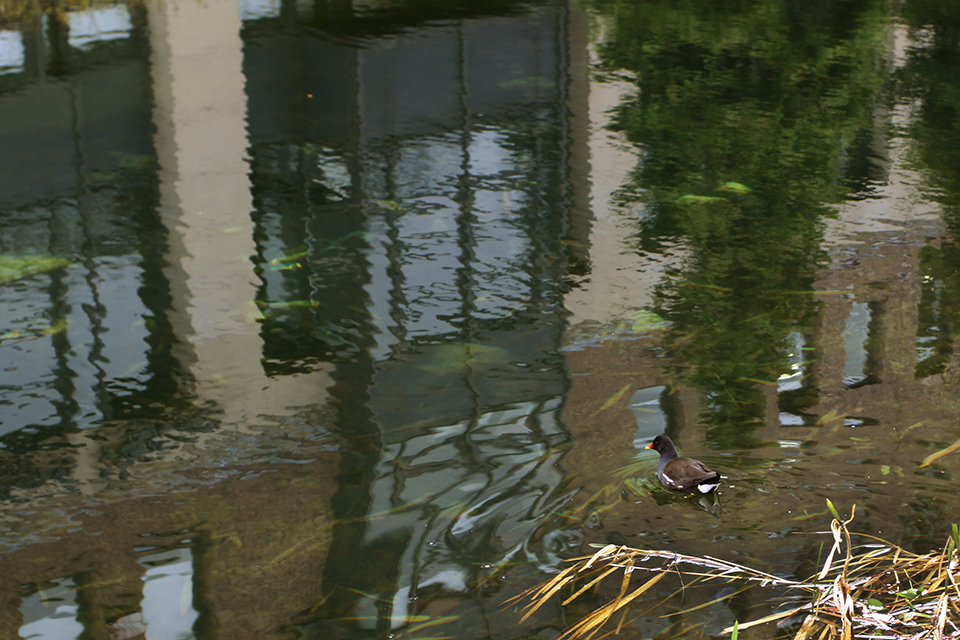
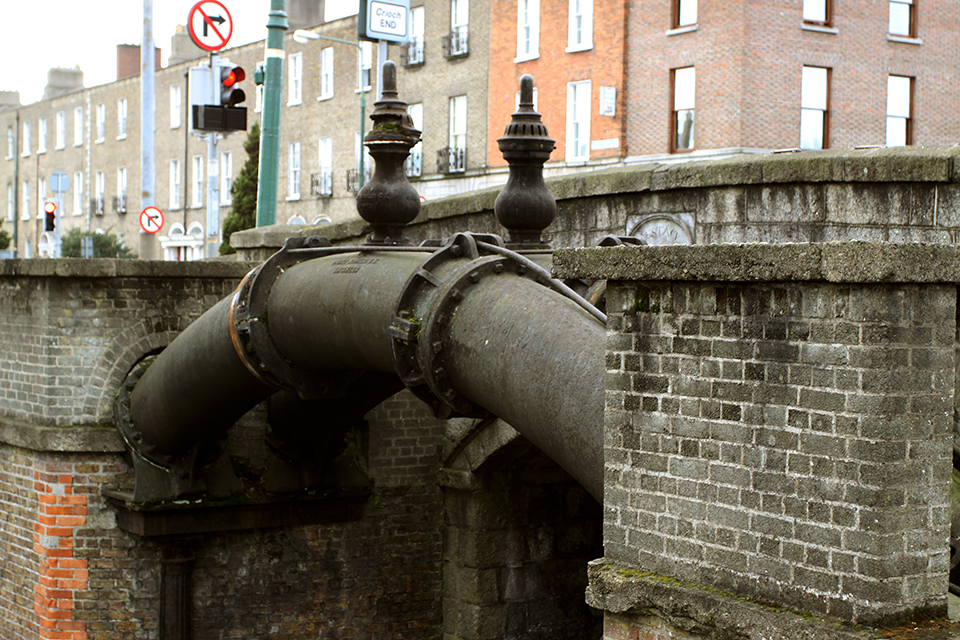
And as I meandered along the canal I was taken with tokens of times long past . . and the present.
And after a day of sightseeing (and a nap of course) it was off to a pub to listen to music.
The Cobblestone is a pub noted for its sessions where musicians gather in the corner of the pub. My first visit was challenging because there was little standing room. It got so crowded that people turned away because there was just no room. The group played for about a half hour when this guy worked his way towards the group and asked if he could sing a song, which he did a cappella, then the group continued to play. Not an uncommon occurrence.
After a bit, the group disbanded making way for another group. The music was first rate. The musicians were exceptionally talented. The music was traditional instrumental. Many pubs feature Irish folk music on forward from the sixties including both vocal and instrumental. Groups include professional bands employed by the pubs catering to the tourists. The Cobblestone caters to traditional.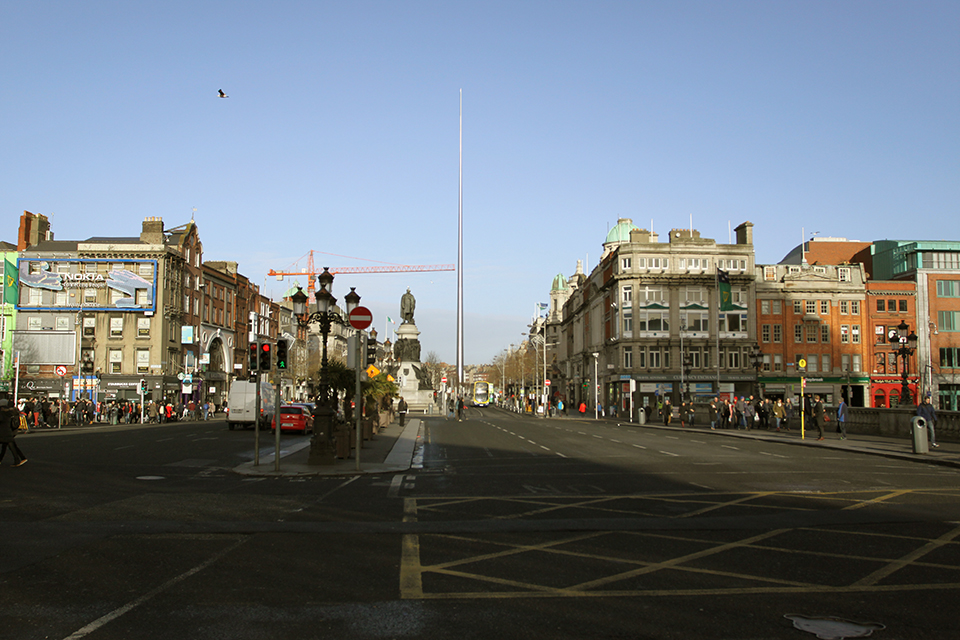
The hotel was a 15 minute walk from city center from there one could walk 15 minutes down river, or 15 minutes up river and visit the Guinness Brewery and the Jameson Distillery.
The Brewery was a bust – a large walled complex containing large stainless steel tanks etc. The walls were more interesting than the brewery. The Distillery was altogether another story. Established in 1780, the distillery produced whiskey until 1971. Today, the facility serves as a tourist attraction illustrating how whiskey is made and includes whiskey tasting. A 5 minute walk from Jameson was my favorite pub – 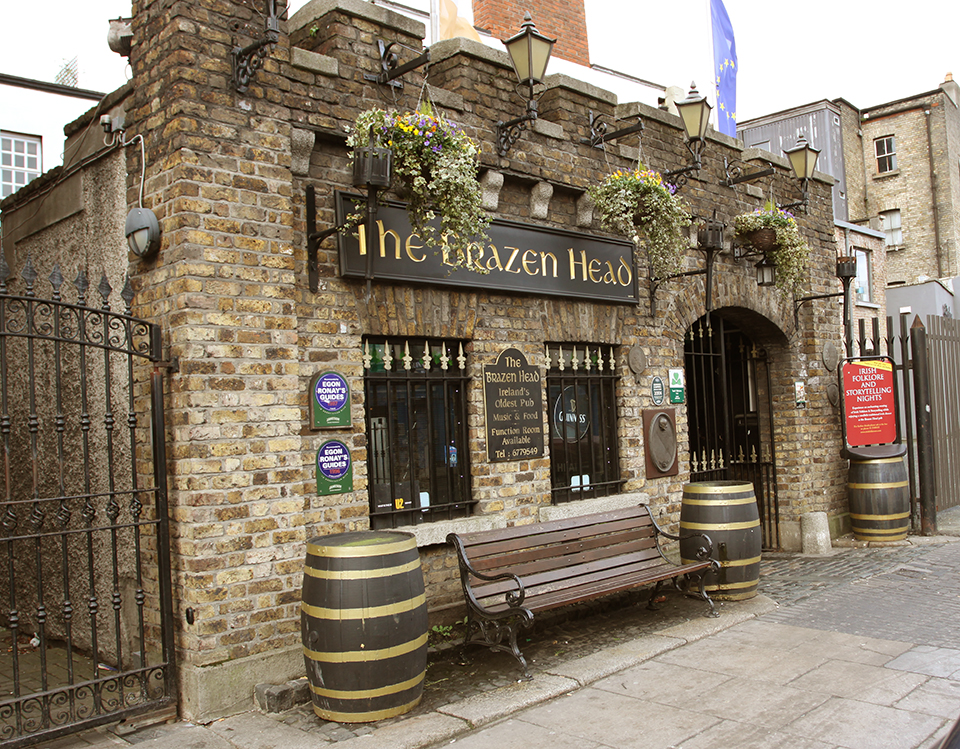
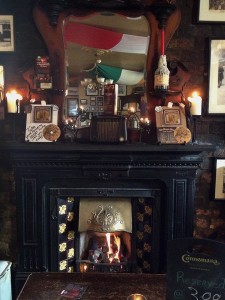 The Brazen Pub was established in 1198 and is officially Ireland’s oldest pub with music every night and my favorite. Walking tour of the city during the day, nap, then off to the pub for dinner and music afterwards. What a life!
The Brazen Pub was established in 1198 and is officially Ireland’s oldest pub with music every night and my favorite. Walking tour of the city during the day, nap, then off to the pub for dinner and music afterwards. What a life!
Street views walk about Dublin . . .
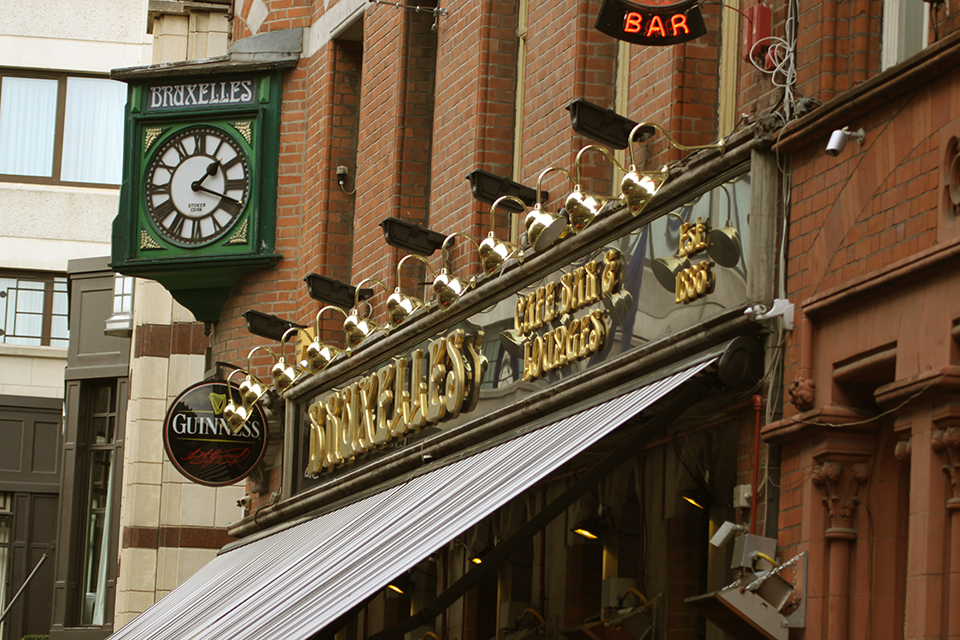
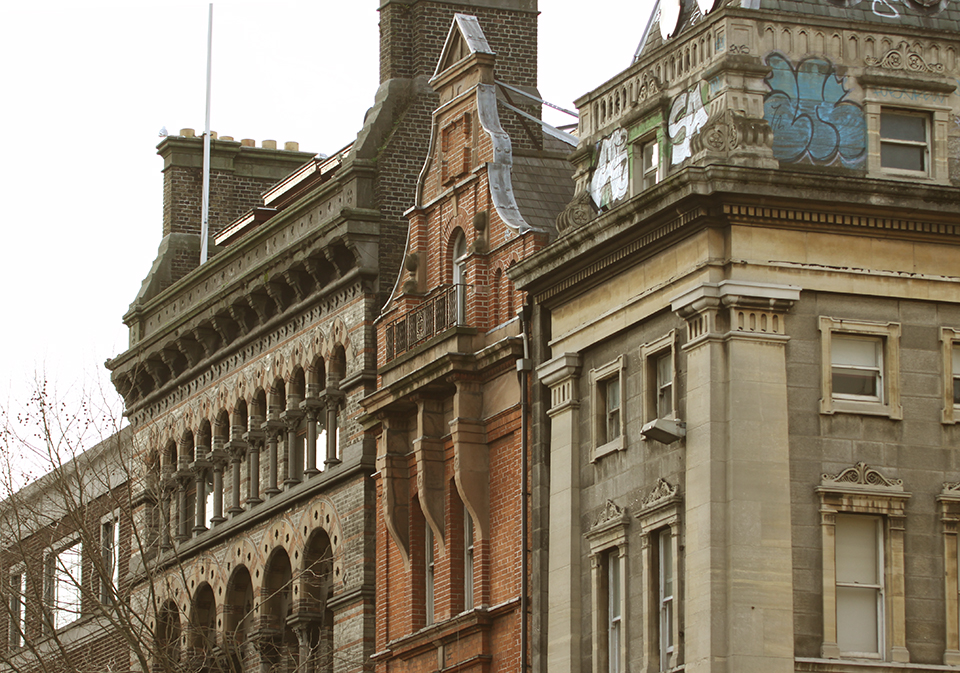

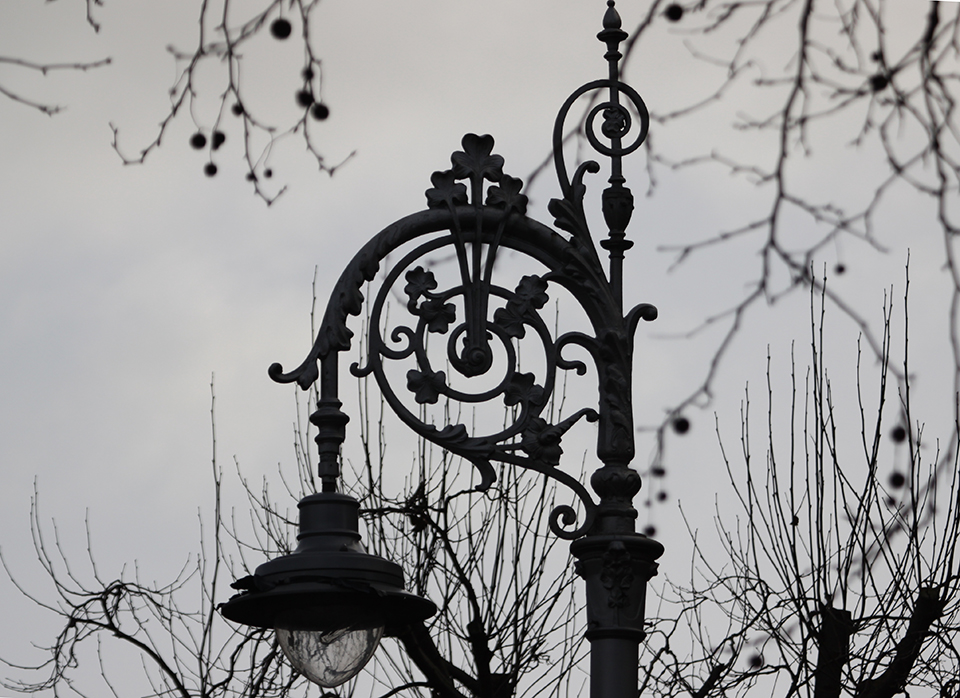
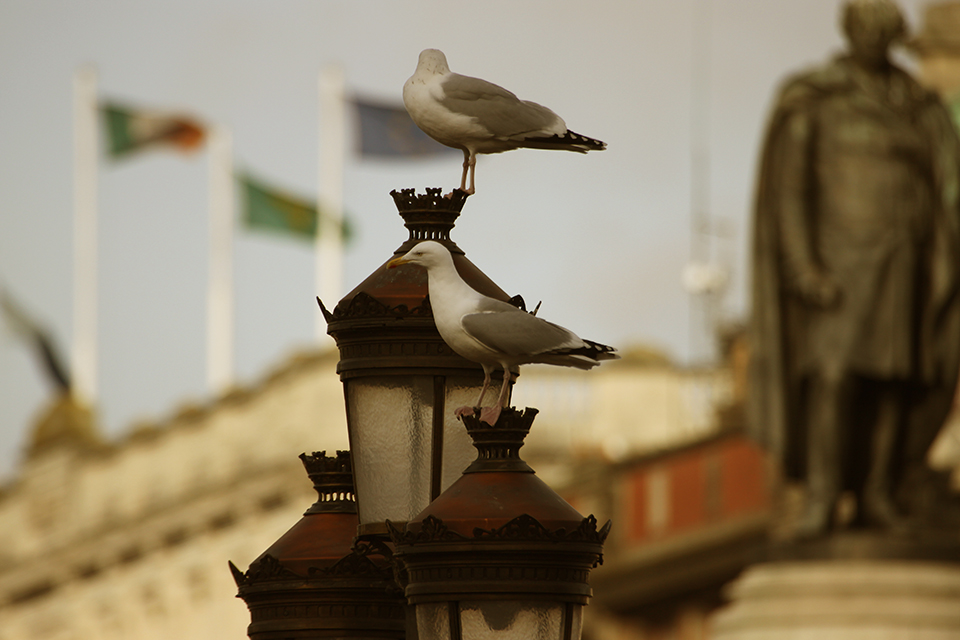 After several days of meandering the city, I took a day trip via train from Dublin to Wexford, a two and a half hour journey down along the coastline to the southeastern corner of the country.
After several days of meandering the city, I took a day trip via train from Dublin to Wexford, a two and a half hour journey down along the coastline to the southeastern corner of the country. 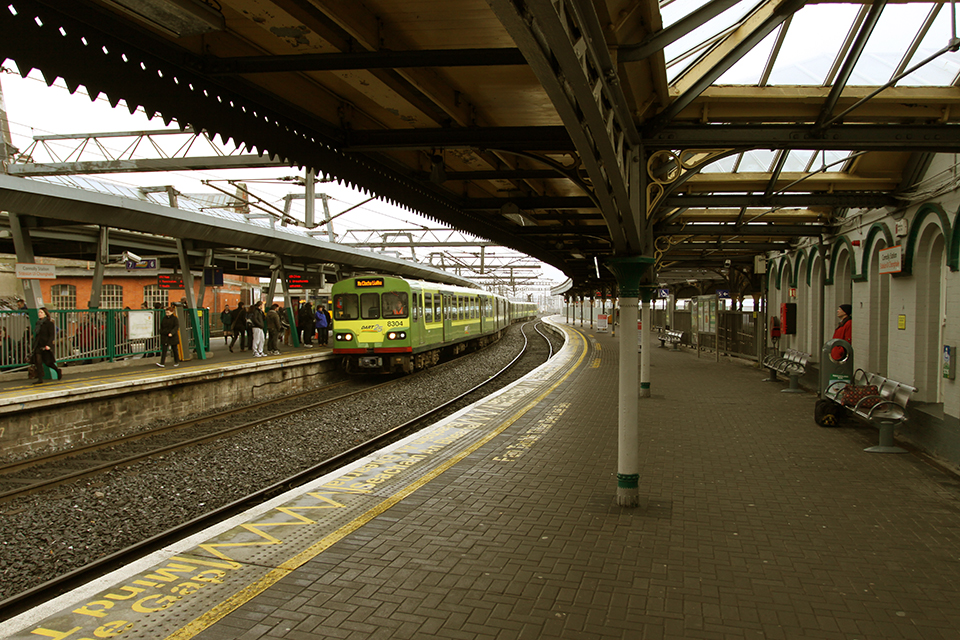
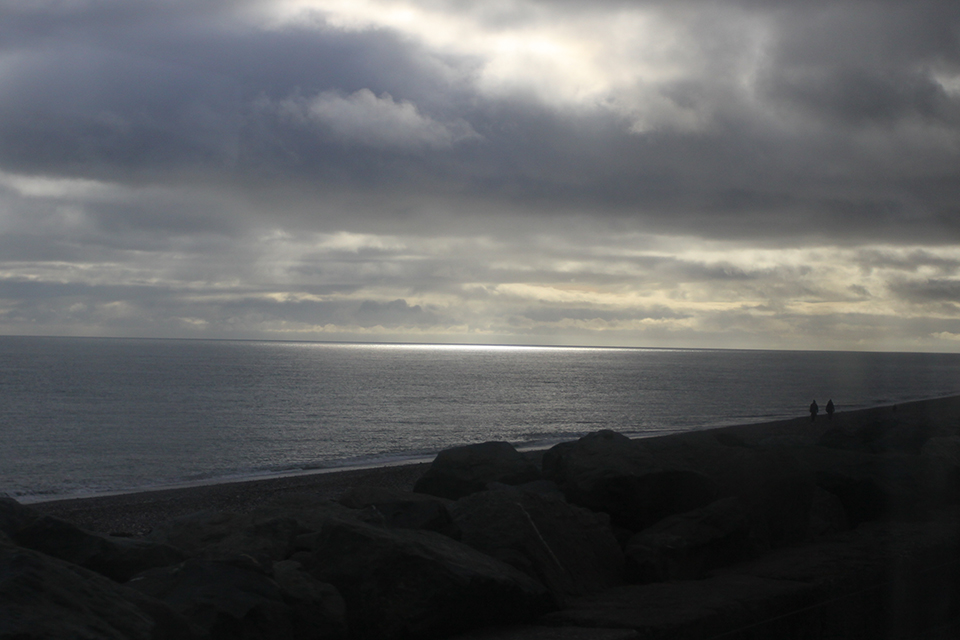
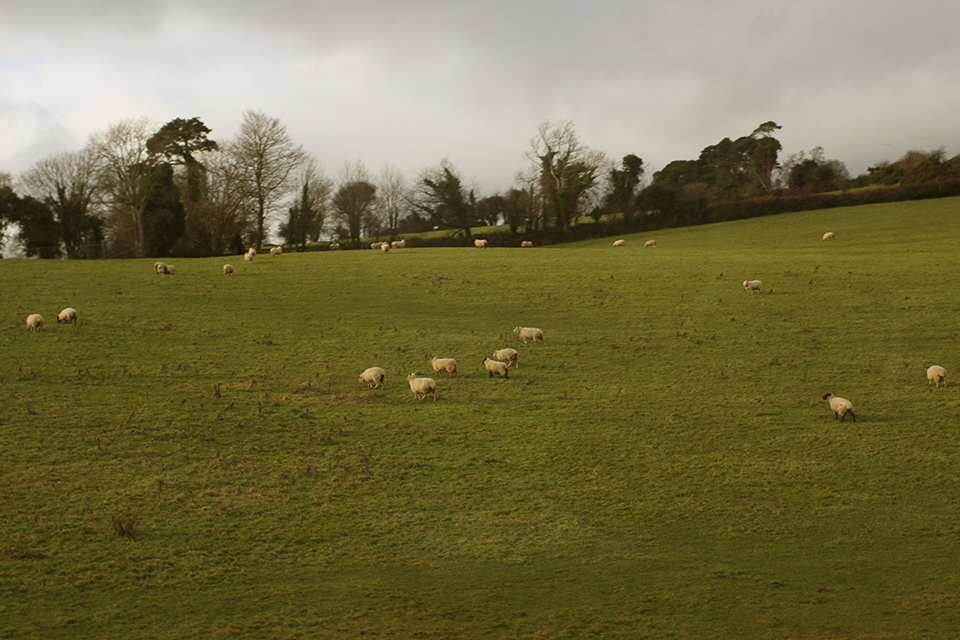 It was January, whilst the deciduous trees were devoid of leaves, the grass was green leaving little doubt that Ireland is the emerald isle.
It was January, whilst the deciduous trees were devoid of leaves, the grass was green leaving little doubt that Ireland is the emerald isle.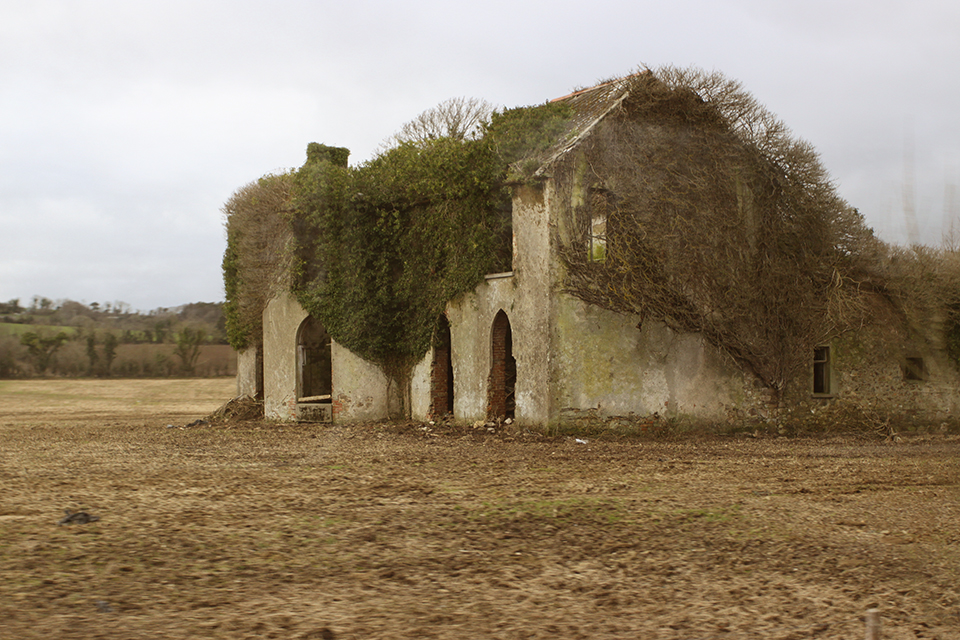
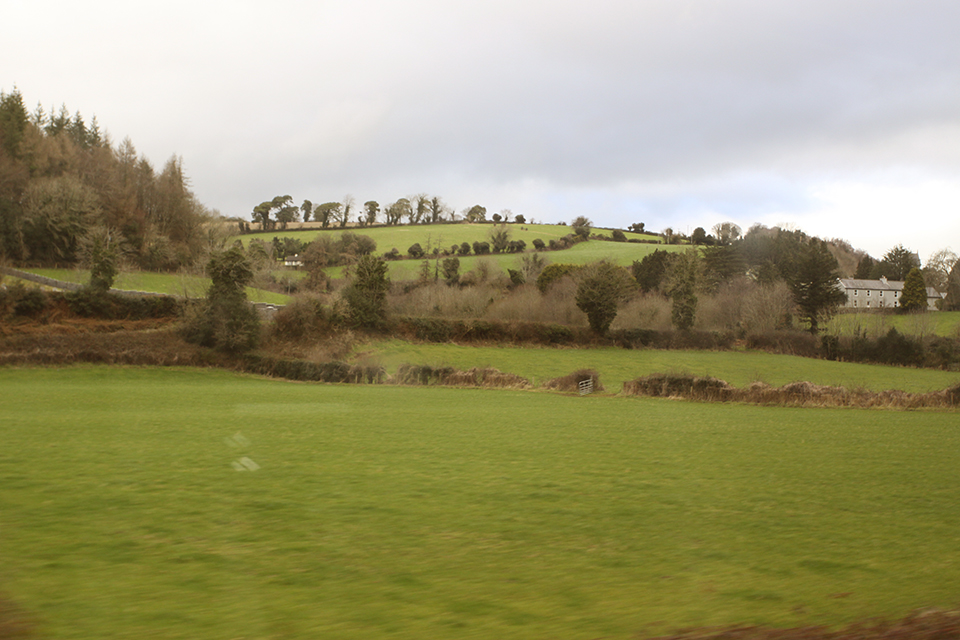 I chose Wexford not because it was a town I had a particular interest in but it was a good destination for a turn around for a day train trip through the countryside
I chose Wexford not because it was a town I had a particular interest in but it was a good destination for a turn around for a day train trip through the countryside
and was I pleasantly surprised. I only had an hour and a half before the return trip to Dublin –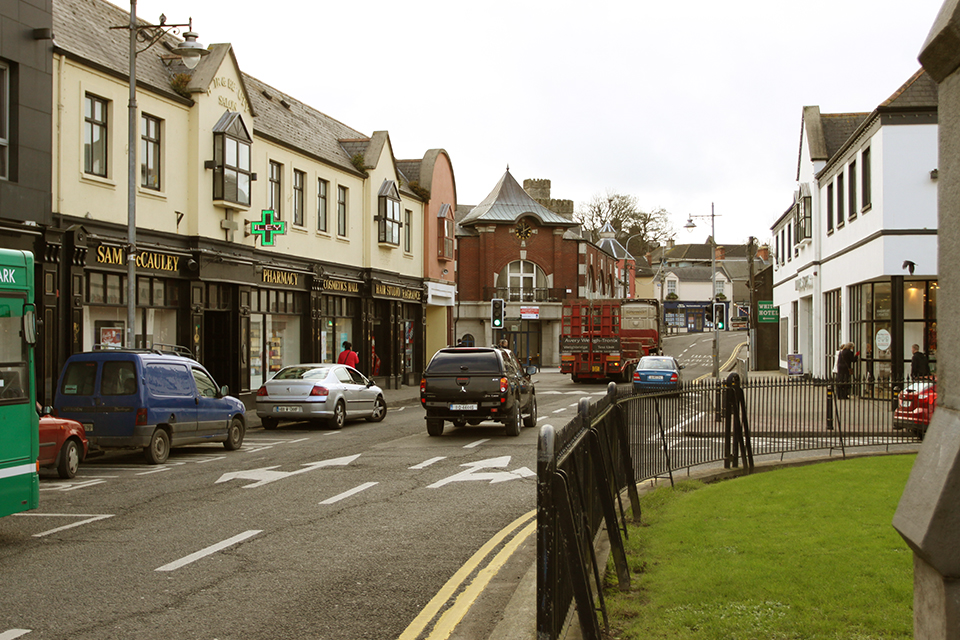 just enough time for lunch and a quick walk about. On the horizon (over the red brick building) appeared to be a castle.
just enough time for lunch and a quick walk about. On the horizon (over the red brick building) appeared to be a castle.  A short walk later I discovered – pretty cool! But it was time to catch the train and the conductor was waiting.
A short walk later I discovered – pretty cool! But it was time to catch the train and the conductor was waiting.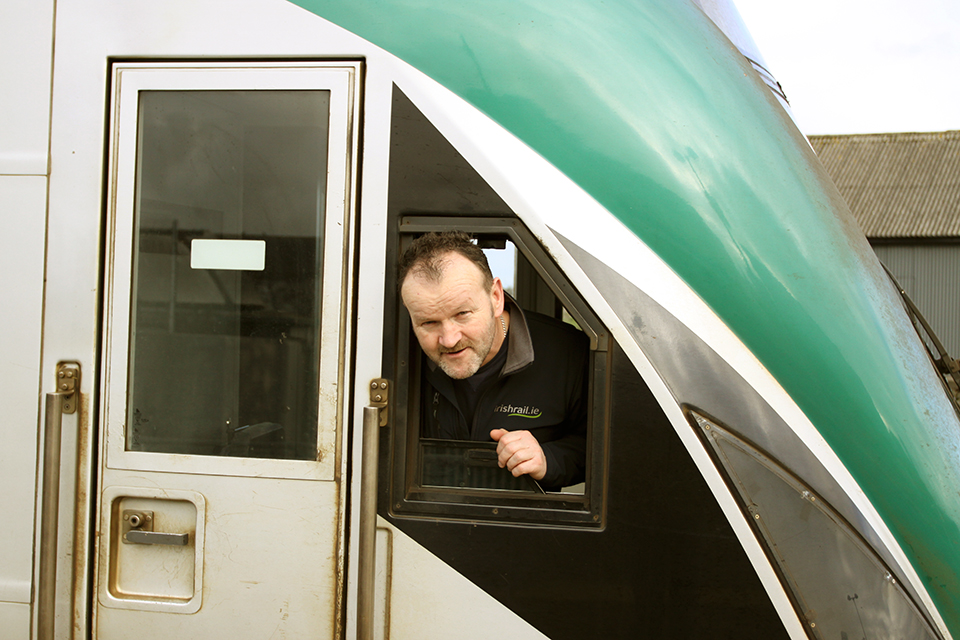
And back to Dublin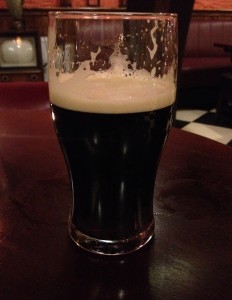
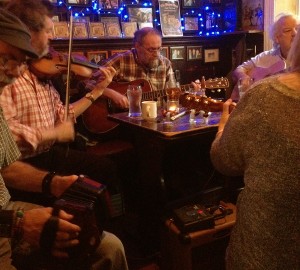 in time a little music and cheer.
in time a little music and cheer.
There were two other noteworthy must sees in Dublin: Trinity College where the Book of Kells is on display and the most incredible library is housed.
And Dublin Castle. Not what one would envision a castle, but somehow typical of Ireland. There is the old surviving tower, state apartments (c 1790) and modern buildings all strung together.
Art work in the gardens.



